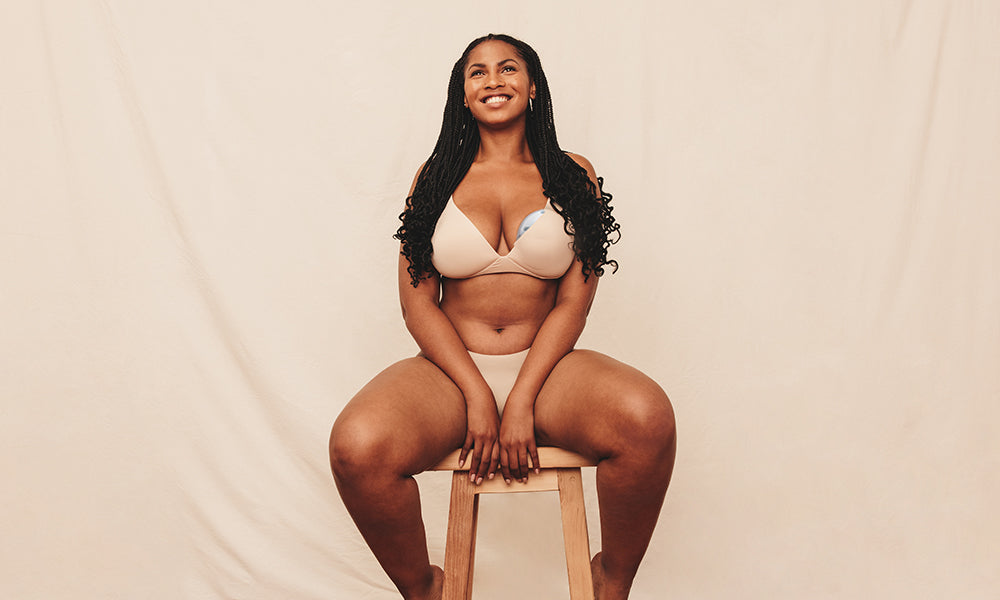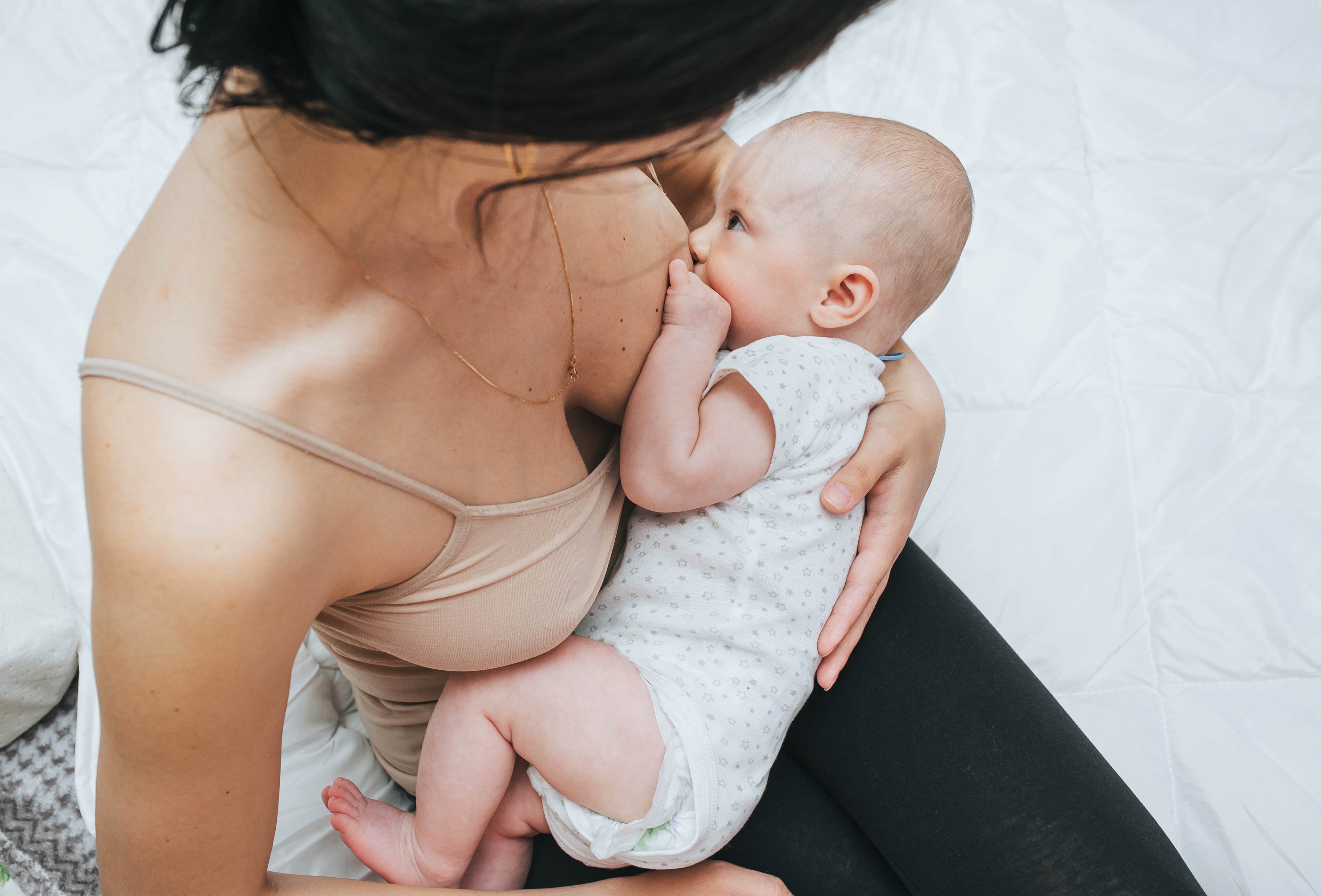How to use a Breast Pump
The transition from breast to bottle can be very challenging, especially as it happens after you've finally gotten used to breastfeeding. Whilst it can be a tough learning curve for a lot of new mums, there are a lot of tips that can help you in the journey.
Even if this is your second, third or even fourth time around, they'll it's impossible to know everything about breastfeeding. In this guide, we'll go through the best breastfeeding tips, including what to do beforehand, during and afterwards.

How to prepare for using a breast pump?
Breastfeeding at the start can be, and often is, an overwhelming experience; deciding what pump you need, whether you'll jump straight into it or slowly ease it in. There are a few things you can do to make sure your breastfeeding journey goes to plan.
Don't rush it
It might seem obvious to most, but you shouldn't rush into breast pumping. You might be eager to get going, but your infant is refusing the bottle every time. Your baby might be more receptive to bottle feeding, but you might not be fully ready to let go of breastfeeding. The good thing is that both of these scenarios are okay! You should wait until you and your baby are both ready!
If your baby latches on well, and you have no reason to be away from them, you might not need to switch to the breast pump straight away! Even if you feel like it's time for them to switch to the bottle, the most important thing is that your little one is feeding (and not refusing it!). The time you have with them is precious, so you should make the most of it while you can.
Use the right equipment
When it comes to breastfeeding, the right equipment makes a world of difference. This includes the right size pumping bra and flange, having a cloth to wipe away any drips, and even having your creature comforts within arms-length of you; it might be food, it might be a book, or even your phone, whatever it takes to make you comfortable.
Hygiene
Two of the most important things in breast pumping is cleanliness and hygiene. Make sure to wash your hands with soap and warm water for at least 15 seconds before coming to contact with anything.
Please ensure your Pippeta pump components are disassembled before cleaning or sterilising. The parts can be washed in the dishwasher, however, please ensure they are placed on the top shelf only. Cup parts can be sterilised by cold water, microwave, steam, UV and rolling boil. Instructions must be followed by the brand you are using to sterilise. Please note, the motor must not be washed or sterilised due to the electronic components. Use a clean damp cloth to wipe down as required.
How to Breast Pump?
Find a Comfortable Position
Start by finding a comfortable position - this will be one where you're feeling your most relaxed, whilst also able to pump a good amount of milk. Make sure to use a cushion or pillow if you're still finding it hard to get comfortable.
Stimulating Letdown
Once you're feeling comfy, apply a hot, moist compress to your breast to help increase circulation, open ducts and stimulate letdown. After this, start lightly massaging using your fingertips from the top of your breast going towards the nipple. Then, press on your breast and start massaging in a circular motion to encourage milk toward your nipple.
If you need to, you can massage using both hands making light circles in opposite directions around your breast.
Positioning the nipple shield
Hold the nipple shield with the open side facing up and centring over your nipple. Now press the shield against your breast, making sure it creates a smooth seal and sits comfortably against your nipple.
To make sure there's no discomfort, there should be some space between the tip of your nipple and the end of the shield.
To safely remove the shield, gently break the suction by sliding your finger in between the shield and your breast.
Start pumping
Start with a low suction level on your breast pump and increase to a level that is effective whilst still feeling comfortable. Every mum is different and some may prefer a higher suction level than others - you should feel a strong, rhythmic-like pull instead of pain.
If you're manually pumping, try to mimic the way your baby nurse does with an initial faster rhythm to stimulate letdown and a slower rhythm for expression.
Whether you're pumping electronically or by hand, you should aim to pump for around 15-20 minutes each time. You don't want to pump for too long as it can cause you a lot of discomfort; instead, aim to pump in shorter bursts, multiple times a day.
What can I do to improve the experience?
Breast pumping can be a tiring experience, however, there are many things you can do to improve the experience.
Use a warm compress
If you're struggling to stimulate a consistent milk flow, a warm compress can help to encourage milk letdown, making it easier to consistently pump milk. They are also great if you need to alleviate any discomfort or engorgement.
Double pump
By using a double breast pump, you can simultaneously pump both of your breasts which will increase the total amount of milk and save time in the process.
Double pumping is simple; instead of pumping one breast, it pumps both at the same time. It's not for everyone - as pumping one breast can be very tiring, let alone two at the same time - it can be a real game-changer if you need to increase your milk production and find more time in the day for other things
Timing is everything
Just like most things in life, timing is everything. One of the best ways to maintain a healthy milk supply is to establish a routine and be consistent with it every day. Your body thrives on predictability, so by sticking to it, you'll encourage a healthy milk supply, and prevent issues such as breast engorgement.
Massage your breasts
Gently massaging your breasts before and during breastfeeding and pumping is a great way to stimulate milk letdown, promote optimal milk flow and alleviate any discomfort you might be experiencing.
Start by placing your warm hands on your breasts with the fingertips facing towards each other, positioning your thumbs on the outer edges of the breasts.
Apply gentle and comfortable pressure with your fingertips, moving them in a circular motion, starting from the outer areas of your breast and gradually moving towards the nipple.
Depending on how it feels, apply lighter pressure or firmer touch. There is no be-all-end-all answer, instead, listen to your body and do what feels comfortable for you.
Relax and be patient!
Breastfeeding is not just about nourishing your little one; it's a bonding experience that thrives in a calm and relaxed environment. Find a cosy corner, play soft music, and practice deep breathing exercises to ease any tension. Embrace the beauty of the moment and let your body be in a peaceful place that promotes positive breastfeeding.
Never sacrifice comfort
Your comfort should never be compromised when breast pumping. Choose a breast pump that fits well and adjust the setting to a level that suits you; remember, whilst a higher suction might increase how much comes out, your nipples will also feel it a lot more - finding the right balance is the perfect outcome for this.
Utilise breastfeeding pillow or cushions for support, and experiment with different nursing positions to find which works best for you and your baby; it could be a cradle-hold, side-lying position or something else. Not every position will work for you, but knowing a few different ones will give you a few to choose from depending on how you're feeling.
What to do after pumping?
Clean the pump
Hygiene is incredibly important, not only before you use a breast pump, but also afterwards. After pumping, you will want to clean your breast pump to prevent the growth of bacteria - otherwise, you can risk getting your baby sick.
Simply disassemble the pump and thoroughly wash each part with warm, soapy water (you might need to use a bottle brush for those hard-to-reach areas!). Afterwards, rinse well and allow them to either air or towel dry, whichever you prefer - just make sure the towel is clean if you choose the manual way.
Storing milk
If you're not using what you've immediately pumped, you should store it in a clean & sterilized breast milk storage bag or baby bottle. Label these with the data and time of pumping and store them in the fridge or freezer for future use. If you store them in the freezer, make sure to properly thaw them before giving them to your baby.
Take care of yourself!
It's always much easier said than done, but taking care of yourself is incredibly important for positive well-being. Simple things like drinking plenty of water, having a nutritious diet and getting enough sleep whenever possible are great ways to keep your body healthy & producing enough milk for your little one.
Having a few extra pairs of hands around in the first few months of your infant's life can be a real lifesaver, even if it's asking them to batch-cook hearty meals or watch over your little one while you rest.
Remember, every breastfeeding experience is unique, and it's okay to seek guidance and support when needed. Trust your instincts, be patient with yourself, and celebrate the incredible bond you're building with your baby through breastfeeding.















Leave a comment
This site is protected by hCaptcha and the hCaptcha Privacy Policy and Terms of Service apply.